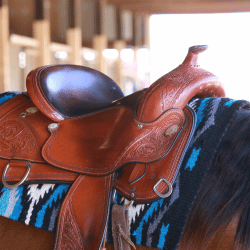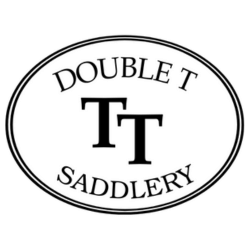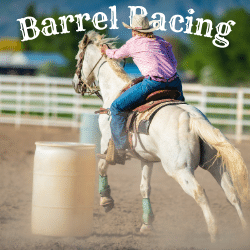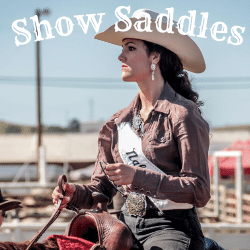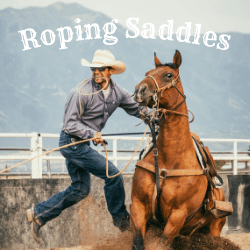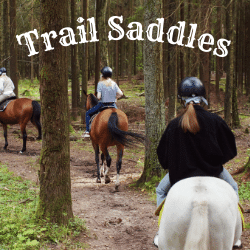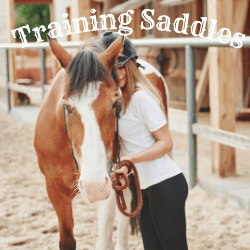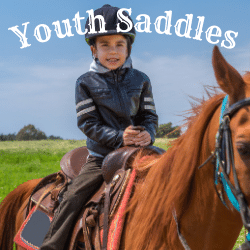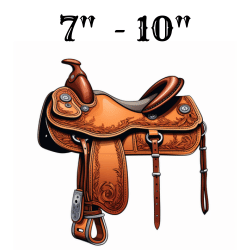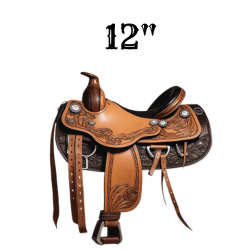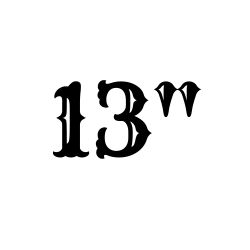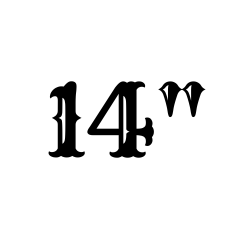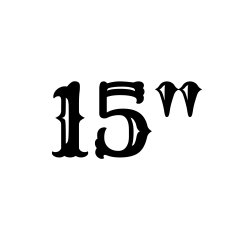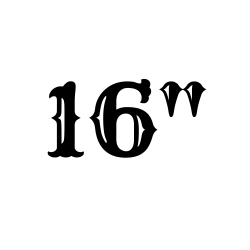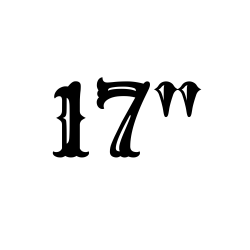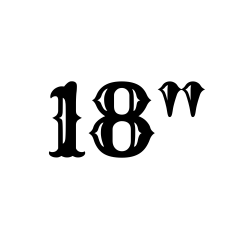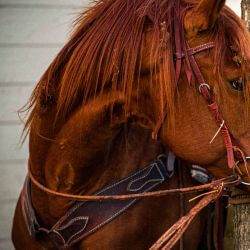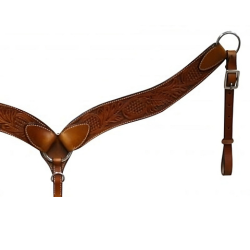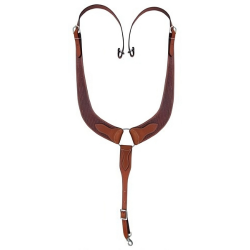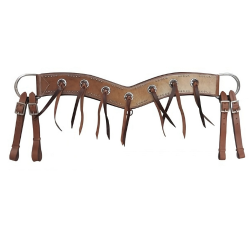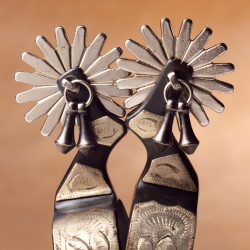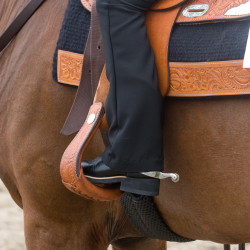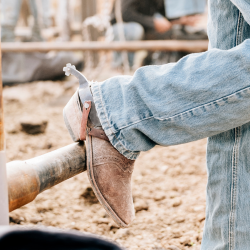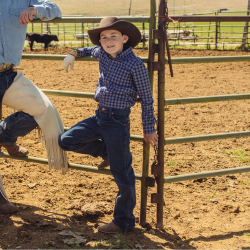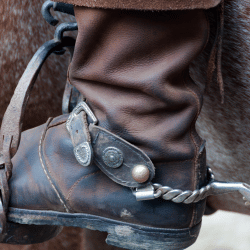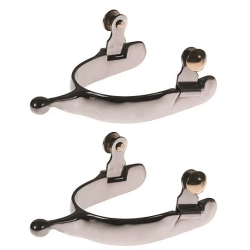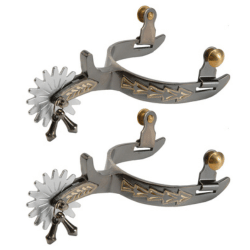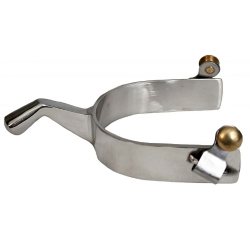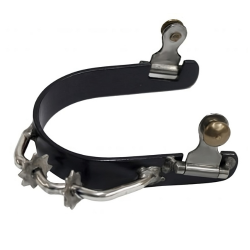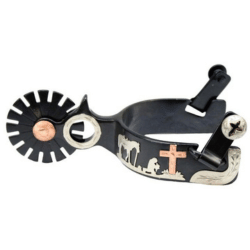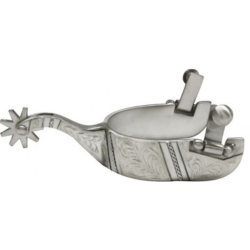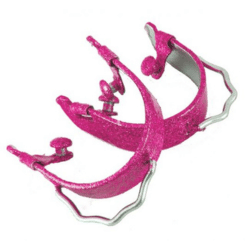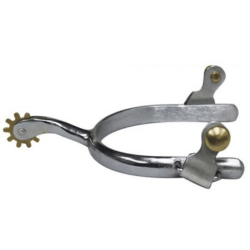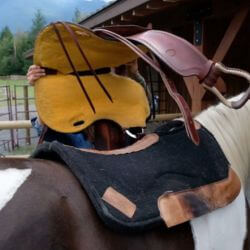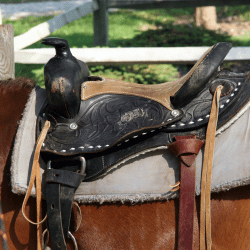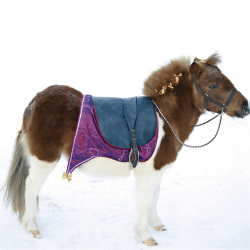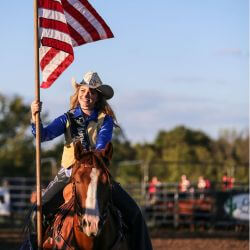Welcome to our blog post on the spelling of horse reins. As equestrians, it is essential to have a thorough understanding of the terminology and language associated with our beloved horses. In this post, we will explore the correct spelling and pronunciation of horse reins, as well as delve into the origins and meaning of the word 'reins'. Additionally, we will discuss the various types of horse reins and provide insights on how to effectively use them while riding. So, let's saddle up and embark on this linguistic journey to enhance our equestrian knowledge!
Understanding the Basics: What Are Horse Reins
Horse reins are an essential piece of equipment used in horse riding. They are straps or lines that are attached to a horse's bit and are held by the rider. The reins serve as a means of communication between the rider and the horse, allowing the rider to control the horse's direction, speed, and movements.
The primary function of horse reins is to provide guidance and control to the horse. By applying pressure or releasing tension on the reins, the rider can convey signals to the horse, indicating desired actions such as turning, stopping, or slowing down. The reins act as a direct line of communication between the rider's hands and the horse's mouth, allowing for subtle cues and precise control.
Horse reins come in various lengths, materials, and designs, depending on the discipline and style of riding. They can be made of leather, nylon, or synthetic materials, with different levels of flexibility and grip. The choice of reins often depends on personal preference, riding style, and the specific needs of the horse and rider.
In addition to their functional purposes, horse reins also play a role in maintaining balance and stability for the rider. By maintaining a light and consistent contact with the horse's mouth through the reins, the rider can establish a connection and establish proper communication with the horse.
Understanding the basics of horse reins is crucial for any equestrian, whether you are a beginner or an experienced rider. It lays the foundation for effective communication and control while riding a horse. With this knowledge, you can develop a harmonious partnership with your equine companion, ensuring a safe and enjoyable riding experience.
Spelling of Horse Reins
When it comes to the spelling of horse reins, it is important to ensure accuracy and clarity in written communication. While it may seem like a simple task, misspelling words can lead to confusion and misinterpretation. In this section, we will explore common misspellings of horse reins and provide the correct spelling and pronunciation.
Common Misspellings
-
Horse Rains: This is a common misspelling where the word "reins" is mistakenly replaced with "rains." Remember that the correct term is "reins," referring to the straps used for controlling the horse.
-
Horse Reigns: Another common mistake is using the word "reigns" instead of "reins." While "reigns" refers to the rule or authority of a monarch, "reins" specifically relates to the horse-riding equipment.
-
Horse Reins: Surprisingly, even the correct term "reins" can be misspelled by omitting the letter "e" or interchanging it with another vowel. Double-check that you are using the correct spelling to avoid confusion.
Correct Spelling and Pronunciation
The correct spelling of the term is "horse reins." It is important to note that the word "reins" is pronounced as "rānz" with a long "a" sound, similar to the word "rains." This pronunciation can vary depending on regional accents, but the emphasis is typically placed on the first syllable.
Ensuring the correct spelling of horse reins not only enhances your written communication but also demonstrates your knowledge and attention to detail within the equestrian community. Now that we have clarified the correct spelling and pronunciation, let's delve deeper into the origins and meaning of the word "reins."
Origins and Meaning of the Word 'Reins'
The word 'reins' has an interesting etymology and historical significance. In this section, we will explore the origins and meaning of this term, shedding light on its evolution and usage throughout history.
Etymology and Historical Use
The word 'reins' derived from the Old French term 'resne,' which originated from the Latin word 'retinēre' meaning "to hold back" or "to restrain." In its early usage, 'reins' referred to the straps or lines used to control horses during chariot racing and warfare.
Throughout history, the use of horse reins has been integral to various equestrian practices, including cavalry warfare, transportation, and agricultural work. The reins allowed riders to guide their horses, maintain control, and execute precise maneuvers.
Use in Modern Language and Equine Practice
Today, the term 'reins' is not limited to horse riding alone. It has also found its way into idiomatic expressions and metaphoric usage in the English language. The phrase "to take the reins" is often used metaphorically to mean assuming control, leadership, or responsibility in a situation.
In equine practice, the word 'reins' refers specifically to the straps or lines that connect the rider's hands to the horse's bit. The reins are an essential tool for communication and control, enabling the rider to convey instructions and cues to the horse.
Understanding the origins and meaning of the word 'reins' provides us with a deeper appreciation for the historical context and significance of this equestrian term. As we continue our exploration, let's move on to the different types of horse reins available in modern equestrian practices.
Types of Horse Reins
When it comes to horse reins, there are several different types available, each with its own unique design and purpose. In this section, we will explore some of the most commonly used types of horse reins in modern equestrian practices.
Split Reins
Split reins, also known as Western reins, are a popular choice among Western riders. As the name suggests, these reins are split into two separate pieces, each held in one hand. They provide independent control over each side of the horse's mouth, allowing for precise and direct rein aids.
Roping Reins
Roping reins, also commonly used in Western riding, are similar to split reins but have a thicker and heavier construction. They are designed to withstand the rigors of roping activities, providing riders with a secure grip and better control during cattle roping maneuvers.
Romal Reins
Romal reins are commonly seen in Western disciplines such as reining and working cow horse. They consist of a long rein attached to a short, braided leather quirt or romal. The rider holds the romal in one hand and uses it as an extension of the reins for subtle cues and signals.
Side Reins
Side reins are primarily used in training and lunging exercises. They are long reins that attach from the bit to the girth or surcingle, helping to encourage the horse to work in a consistent frame and develop proper balance. Side reins are commonly used in dressage and other English disciplines.
Other Types
In addition to the aforementioned types, there are various other specialized reins available for specific disciplines or training purposes. Some examples include draw reins, which provide additional leverage for flexing and suppling exercises, and racing reins, which are lightweight and designed for use in horse racing.
The choice of reins depends on the rider's discipline, training goals, and personal preference. It is important to select reins that are appropriate for your riding style and provide effective communication and control with your horse.
Now that we have explored the different types of horse reins, let's move on to the next section, where we will discuss how to effectively use these reins while riding.
How to Use Horse Reins
Using horse reins effectively is crucial for successful communication and control while riding. In this section, we will explore various aspects of using horse reins, including basic riding techniques, proper handling, and common mistakes to avoid.
Basic Horse Riding Techniques
-
Contact and Rein Length: Maintaining a consistent and light contact with the horse's mouth is essential. The reins should have enough tension to feel the horse's mouth but still allow for elasticity and responsiveness. The appropriate rein length depends on the discipline and rider preference.
-
Direct Rein Aids: Direct rein aids involve using one hand to apply pressure or release tension on a single rein to guide the horse's direction. For example, pulling back on the left rein to turn the horse left or applying pressure on the right rein to turn the horse right.
-
Indirect Rein Aids: Indirect rein aids involve using both hands to communicate with the horse. For example, using a combination of rein aids to yield the horse's shoulder or ask for a bend.
-
Half-Halts: Half-halts are a crucial technique used to rebalance and engage the horse. They involve a momentary increase in rein pressure followed by a release to encourage the horse to shift its weight back onto its hindquarters.
Proper Handling of Horse Reins
-
Correct Hand Position: Hold the reins with a soft and relaxed grip, allowing for independent movement of each hand. Keep your hands at a comfortable width and slightly above the horse's withers.
-
Following the Horse's Movement: Maintain a supple and elastic contact with the horse's mouth, following the horse's natural head movements and providing consistent support.
-
Maintaining Balance: Your hands should be positioned in front of your body and at the same level, helping to maintain balance and stability while riding.
Common Mistakes to Avoid
-
Heavy Hands: Avoid excessive or constant pressure on the horse's mouth. Instead, aim for a light and sensitive touch that allows for clear communication.
-
Using Reins for Balance: While it's natural to use the reins for balance, overly relying on them can interfere with the horse's movement and impede proper communication. Maintain an independent seat and use your body position for balance.
-
Inconsistent Rein Aids: Be consistent and clear in your rein aids to avoid confusion for the horse. Practice precise and intentional movements to communicate effectively.
By mastering the proper techniques and handling of horse reins, you can establish a harmonious connection with your horse, ensuring effective communication and control. In our next section, we will explore other aspects of horse riding and equipment that go hand in hand with using horse reins.

